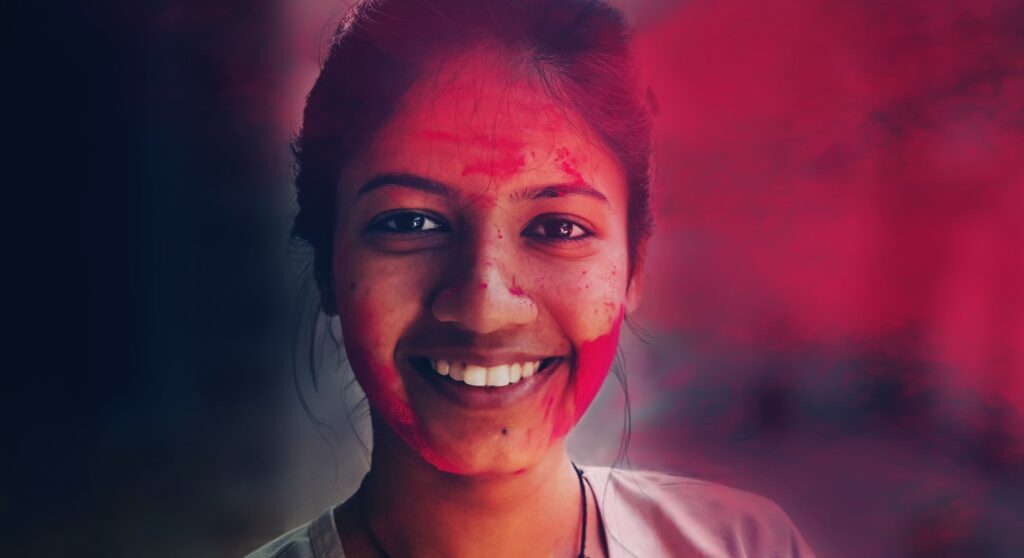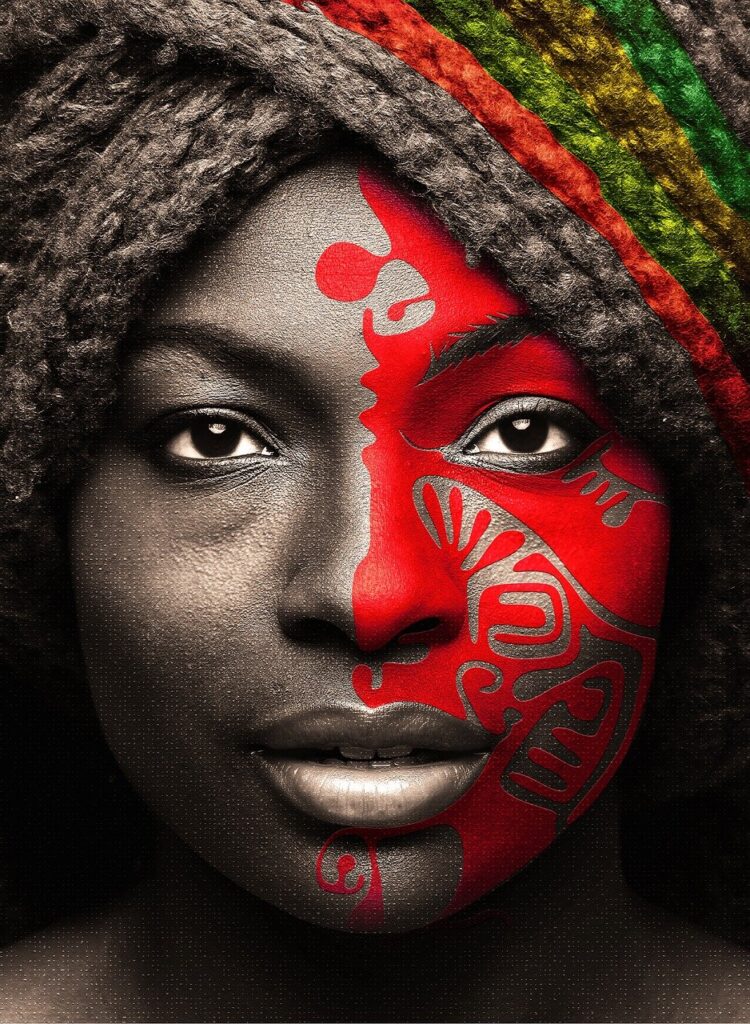The Apple AirTag, and equivalent devices such as the Tile, were designed to locate keys, but are being misused to locate women. None of this is really surprising: it didn’t take a security expert to predict that such technology could provide a low-cost means of tracking someone rather than something. But the evidence that it’s now being used for sinister purposes is sobering.
Although AirTags could be utilised by either sex for stalking, early reports from the US suggest that in only 1 out of 150 cases was the stalker a woman. In some cases the male perpetrator is known to the victim – an abusive ex or current partner – but in others the perpetrator is unknown.
Back in January 2022, a model in New York reported being airtagged. Over the May Day weekend, a US family reported to Fox 35 that their 17 year old daughter was airtagged in Disneyland. Apple has added alerting to inform potential victims that they are being tracked by an airtag, and is co-operating with law enforcement. However, this is not happening in real-time and opportunistic perpetrators have a window of opportunity to exploit.
It’s easy to believe this is somebody else’s problem. But, worryingly for anyone whose daughter is headed to university, there have been reports of airtagging in university towns in the UK. St Andrews, for example, has had several such reports.
If you have a daughter headed off to university, now is the time to talk about cyber stalking, along with spiking, safety on a good night out, and the best cure for a hangover. Bethany McNally wrote a great piece on this that you could direct her to. All that I would add, is that a woman who discovers she’s being tracked should go to a safe place where there are other trusted people and report the incident to police. In the context of a night out, arguably the best people to talk to is security at the nightclub door or someone behind the bar. The hospitality and security industry have done a great deal to improve staff awareness of female safety and are well placed to ensure you get home safely.

Just as importantly, the tech industry has questions to ask of itself. I’d advocate that if more women were involved in technology design, tech firms might cotton on earlier in the game that there was a sinister side to tracking (or any other tech). Just as with the recent advert Samsung had to apologise for, women bring a different perspective to tech issues that is being ignored. Too often tech is developed for us – rather than by us or with us – resulting in #pinkdumbphonesyndrome, applications that aren’t safe for us or don’t work for us (see The metaverse is not designed for women or AI is Failing Women. That Needs to Change), as well as the perception that tech is indeed a man’s world – designed by men, for men (see Why aren’t smartphones designed for a woman’s hand size?). That latter article, by the way describes how the men on the Apple design team created a “comprehensive” health app than even tracked molybdenum intake, but not periods.

I’ve been in telecoms long enough to remember when the default pronoun was ‘he’. I drove that out of Ovum reports in the mid 90s when we worked hard to remove unconscious and benevolent sexism from our writing and make it more inclusive. That meant ensuring that not only was our language inclusive but that our diagrams and illustrations were. The industry is now doing a lot better in this respect. (I’d like to call out Kate Cranwell, Kate Hunter, Lee Hope, Sarah Turner, John Delaney, SJ Jones and Bill Fisher who were all part of that initiative at Ovum which, at the time, was ground breaking.)
But if you read my blog on the internet of stupid things over at Disruptive Asia four years ago, you’ll see that when it comes to technology design, sadly very little has changed. Still not enough women and still too many stupid errors. We need more women in design not just for ethical reasons, but because is makes sense commercially. It’s why I believe investors should be asking: where have all the women gone? (Long time passing) Because unless we bake women’s perspectives in from the start, we’re going to continue to make schoolboy errors.



